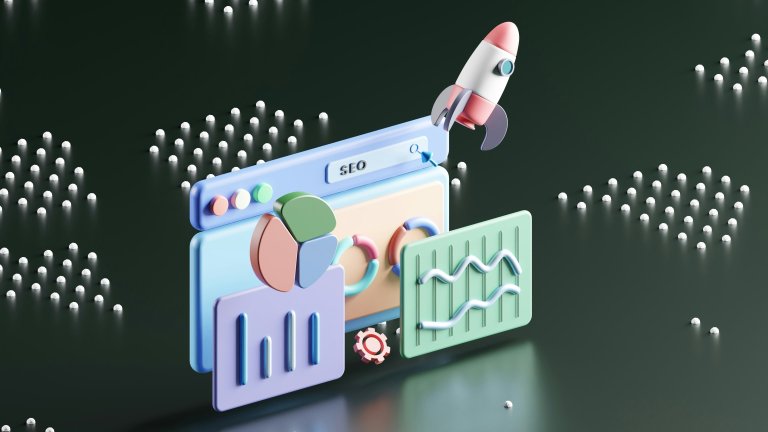Echocardiograms For Research in Small Animals
Research involving small animals, such as mice and rats, plays a crucial role in advancing scientific knowledge and medical breakthroughs. These animals are used in a wide range of studies, including genetics, toxicology, and drug development. However, one area where their contribution is often overlooked is in cardiovascular research. Echocardiography, a non-invasive imaging technique, is increasingly being used to study the heart in these small animals. In this article, we will explore the benefits of using echocardiograms for research in small animals.
The Importance of Cardiovascular Research in Small Animals
The heart is a vital organ that pumps blood and provides oxygen and nutrients to the body. Therefore, understanding the heart’s structure and function is crucial in diagnosing and treating various heart diseases. Small animals, particularly mice and rats, are frequently used in cardiovascular research due to their genetic and anatomical similarities to humans. In addition, these animals have a shorter lifespan, making them ideal for studying the progression of cardiac diseases over time.
For many years, anatomical and histopathological analyses were the primary methods used to study the heart in small animals. However, these methods were limited in their ability to provide real-time and dynamic information on the heart’s function. This is where echocardiography has proved to be an invaluable tool.
The Advantages of Echocardiography
Echocardiography uses high-frequency sound waves to create images of the heart. These images can then be analyzed to assess various aspects of cardiac function, such as ventricular size and wall thickness, blood flow, and valve function. This technique has several advantages over traditional methods of studying the heart in small animals.
Non-Invasive and Safe
Echocardiography is a non-invasive imaging technique, meaning it does not require any surgical procedures or radiation exposure. This makes it a safer option for studying the heart in small animals, particularly for longitudinal studies that require repeated measurements.
Real-time and Dynamic Imaging
Unlike traditional methods, echocardiography provides real-time and dynamic imaging of the heart. This allows researchers to visualize the heart’s function and assess changes over time. With the use of specialized software, echocardiograms can also provide detailed quantitative measurements of various parameters, making it a valuable tool for precise and accurate data collection.
High Resolution and Detail
Echocardiography produces high-resolution images, allowing for detailed visualization of the heart’s structures. This is particularly important in small animals, where the heart’s size is a limiting factor in other imaging modalities. With echocardiograms, even the smallest structures in the heart can be seen and analyzed.
Applications of Echocardiography in Small Animal Research
The use of echocardiography in small animal research has greatly expanded in recent years, with applications in various fields, including genetics, drug discovery, and disease modeling.
Genetics and Gene Therapy
Echocardiography has been instrumental in identifying various genes that play a role in heart diseases in small animals. By using genetically modified strains of mice and rats, researchers can study the effects of specific gene mutations on the heart’s structure and function. Additionally, echocardiograms are used to monitor the effectiveness of gene therapy in repairing damaged heart tissue.
Drug Development
Echocardiography is widely used in drug development studies to assess the potential cardiac side-effects of new drugs. Researchers can use echocardiograms to monitor changes in the heart’s structure and function before and after administering the drug, providing critical information on its safety and effectiveness.
Disease Modeling
Many cardiovascular diseases, such as heart failure and hypertension, have complex mechanisms that are challenging to study in humans. Echocardiography allows for the creation of appropriate animal models for these diseases, providing valuable insights into their underlying mechanisms and possible treatment options.
Conclusion
Echocardiography has revolutionized the study of the heart in small animals, providing researchers with a safe, non-invasive, and detailed technique for assessing cardiac structure and function. Its versatility and applications in various fields make it a valuable tool for advancing our understanding of the heart and developing new treatments for cardiovascular diseases. As technology continues to improve, the use of echocardiography in small animal research is likely to increase, bringing us even closer to solving the mysteries of the heart.










